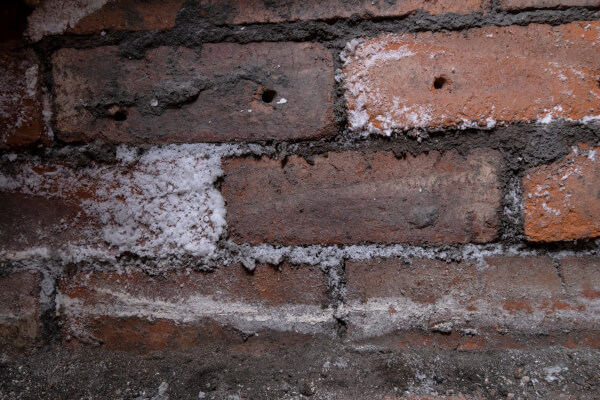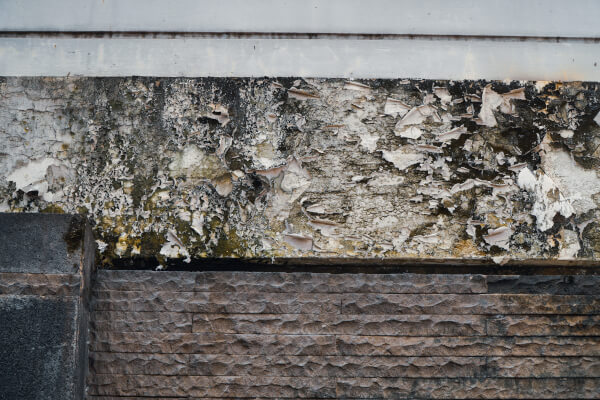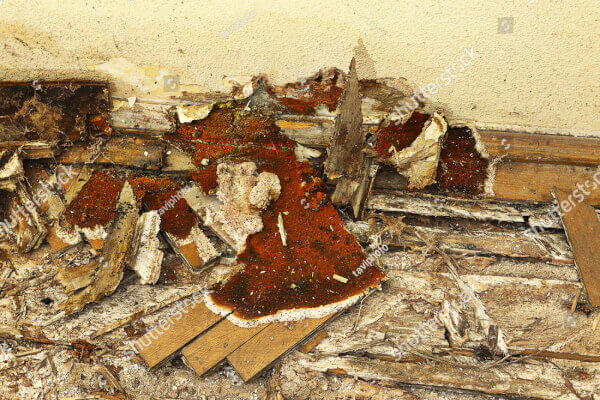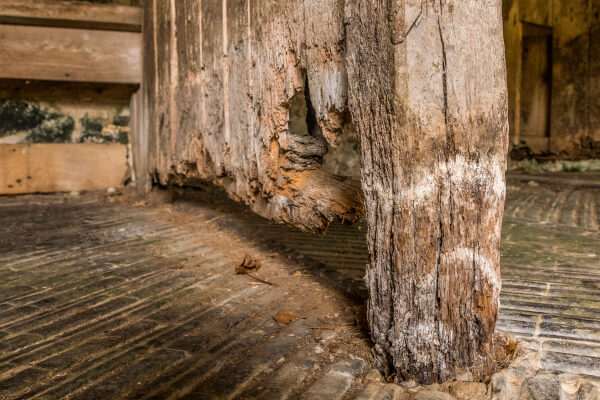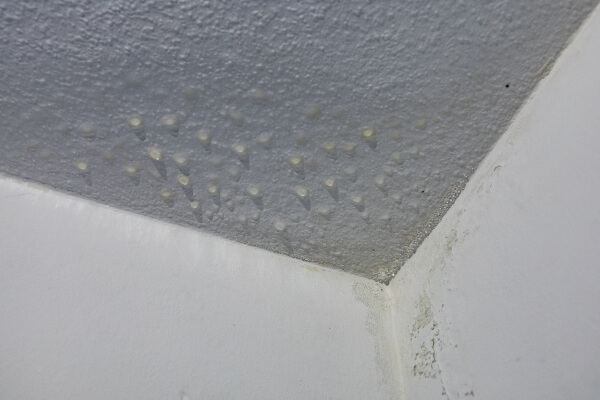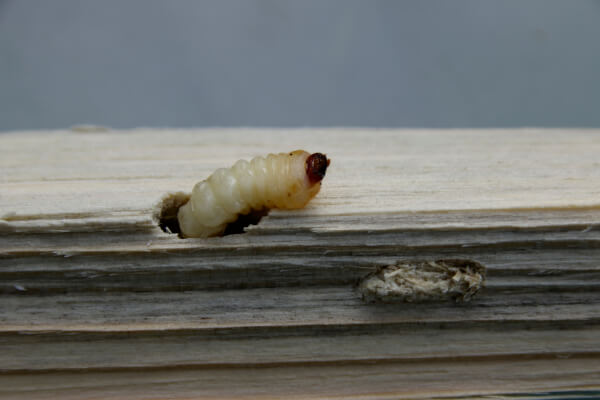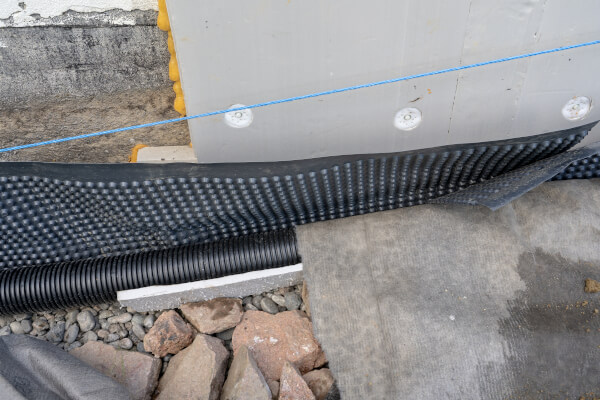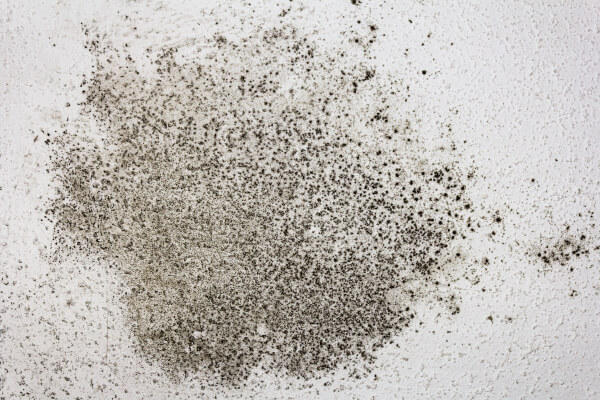The Dry Rot Specialist
in Nottingham
Award-Winning dry rot treatment specialists who can provide professional advice, carry out a property survey and provide effective treatment solutions.
Is Your Property Affected by Dry Rot?
Dry rot is a destructive fungal growth that weakens timber, often caused by damp conditions. If you've noticed signs of dry rot within your property, it's crucial to address the issue sooner rather than later. Ignoring the problem could lead to more extensive damage as it spreads throughout the timber.
Our team of expert property surveyors specialises in identifying dry rot and assessing the underlying causes of moisture or dampness. We’ll provide a thorough survey and recommend the most effective solution to prevent further damage.
Don’t wait until it’s too late – contact your local branch today to schedule a professional property survey!
Dry rot is caused by the presence of a specific type of fungus called Serpula lacrymans, which thrives in damp, poorly ventilated conditions. The primary factors that contribute to dry rot include:
1. Excessive Moisture:
The most significant cause of dry rot is dampness. Timber must have a moisture content above 20% for dry rot to develop. This moisture can result from plumbing leaks, leaking roofs, defective guttering, or poor drainage systems.
2. Poor Ventilation:
Insufficient airflow in areas such as basements, attics, or crawl spaces creates ideal conditions for fungal growth, trapping moisture in the timber and promoting rot.
3. Leaking Plumbing and Roofs:
Water from leaks in plumbing, roofs, or other areas of the property can penetrate timber structures, allowing the fungus to grow and spread.
4. Defective Guttering and Masonry:
Broken or clogged gutters, combined with issues like cracked masonry, can lead to water leakage into timber structures, contributing to dry rot.
5. Lack of Timber Treatment:
Unprotected or untreated timber is more susceptible to moisture penetration and fungal infection. Regular treatment with preservatives or sealants can help prevent dry rot.
As dry rot progresses, it breaks down the timber’s structure, weakening it, which can lead to severe structural damage to a property. Identifying and addressing sources of dampness and moisture is critical in preventing dry rot from spreading.
How to Recognize Dry Rot?
If you're worried about rot impacting your property, there are several signs to watch out for. Timber affected by rot often cracks into cube-like shapes, loses its strength, and becomes brittle. Over time, it can break down into a fine powder.
The appearance of rot can vary depending on environmental factors and its stage of development. It can range from grey mushroom-like skin to rusty red spores that cover the damaged area. In the early stages, you might notice white, fluffy mycelium accompanied by a damp mushroom-like odor.
It's crucial to assess the extent of timber decay caused by dry rot or other wood-destroying fungi. This is important because dry rot can spread through building materials, affecting large sections of the property.
Identifying dry rot can be challenging. However, our specialist team can determine the type of infestation and recommend the best treatment for the affected area.


